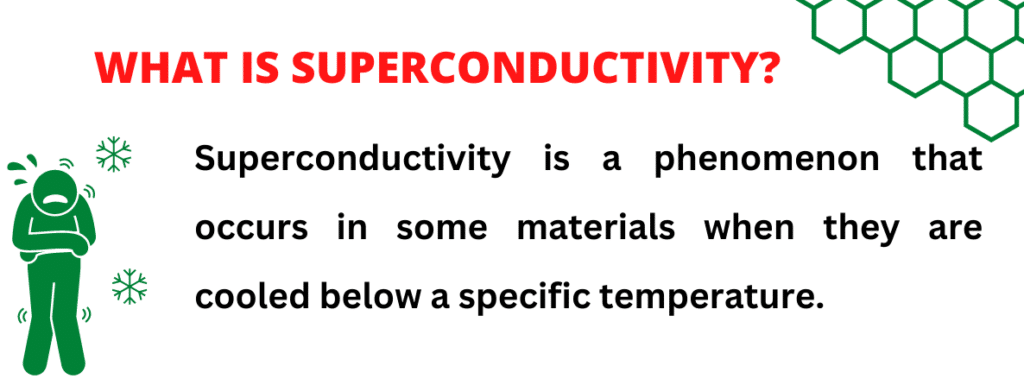Superconductivity is a phenomenon that occurs in some materials when they are cooled below a specific temperature. Superconductors have outstanding characteristics such as zero electrical resistance, high power density, and low electromagnetic field.

The material must be cooled below its “critical temperature” to achieve superconductivity. High-temperature superconductors (HTS) are superconductive at temperatures below -200 degrees Celsius.
Superconductors are used in superconducting magnets, magnetic resonance imaging (MRI) scanners, and the Large Hadron Collider.
Table of Contents
Superconductors-Super Properties
- High Power Density: Superconductors can carry significantly more current and thus transmit more power than copper.
- Zero Electrical Resistance: When a superconductor is cooled below its critical temperature, its electrical resistance becomes zero.
Superconducting Material Types
- Low-Temperature Superconductors (LTS): Low-temperature superconductors are materials with a critical temperature of less than 30 degrees Celsius. In high-field magnet and MRI applications, temperatures below 5K are most robustly operated and cooled with liquid helium coolant.
- High-Temperature Superconductors (HTS): High-temperature superconductors are materials with a critical temperature more significant than 30 degrees Celsius. These are typically ceramics such as copper oxides, iron-based superconductors, and magnesium diboride. The upper-temperature band for this material class is frequently 77K because this is the liquid nitrogen boiling point at atmospheric pressure, above which convenient mass cooling solutions do not exist.
More Links
Latest posts by Umair Javaid, PhD Student (see all)
- BCl3 Lewis Structure in four simple steps - November 1, 2023
- PH3 Lewis Structure in four simple steps - October 8, 2023
- PF3 Lewis structure in four simple steps - September 24, 2023



